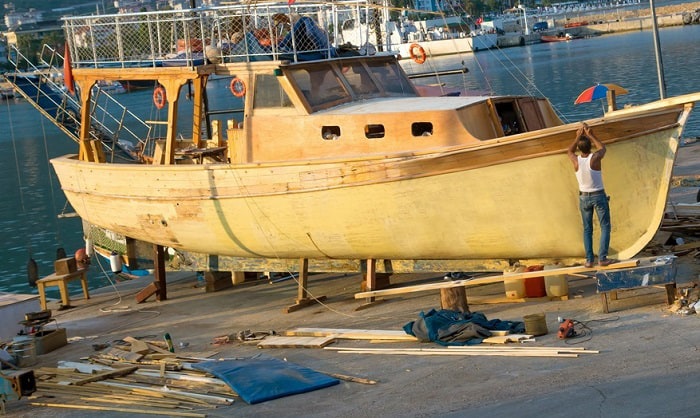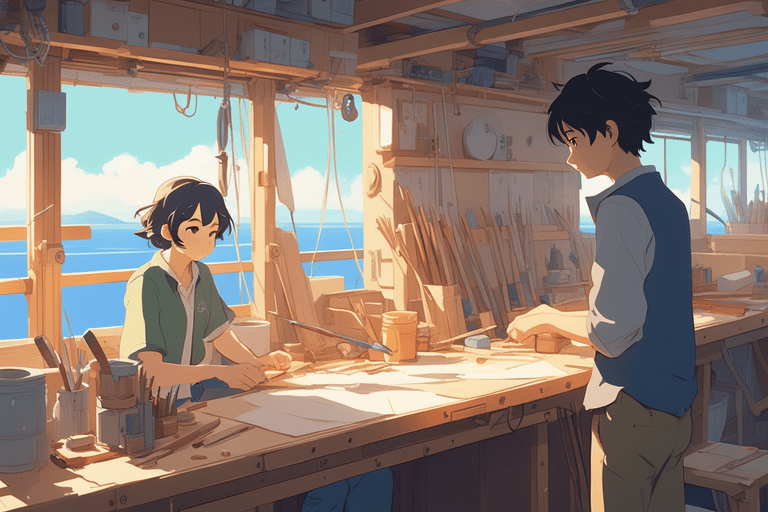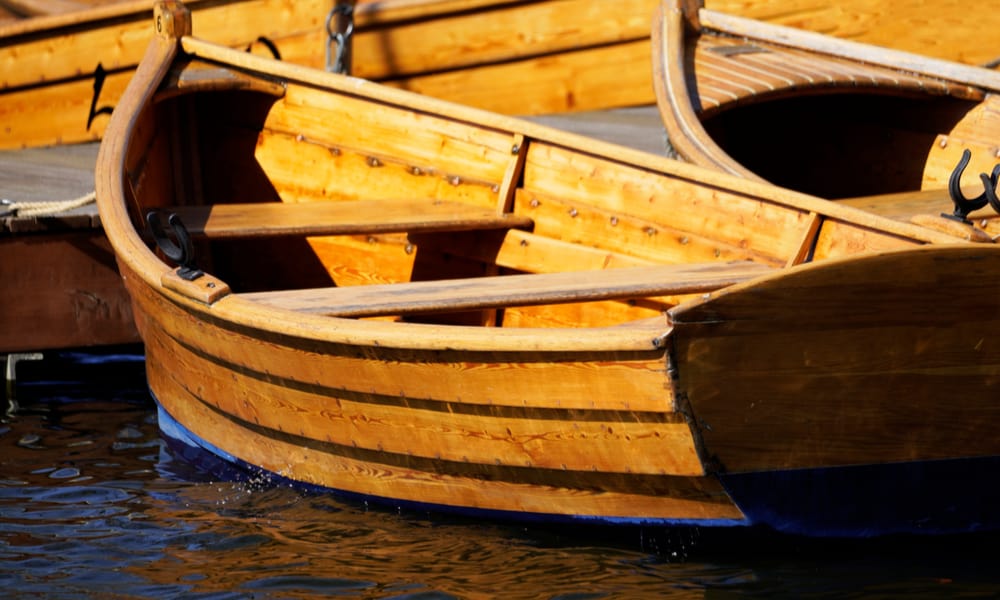
Affordable Duck Boat Plans: Beyond the Blueprint â€" Unlocking Unexpected Savings and Design Innovation
Building your own duck boat can be a rewarding experience, combining practical skills with a passion for the outdoors. But the initial cost can be daunting. This article delves beyond the usual advice on finding cheap plans, exploring unconventional strategies and creative design choices to drastically reduce costs without compromising functionality or safety.
Q&A: Maximizing Value in Duck Boat Construction
Q: Beyond the "Cheap Plans" Trap: Where are the *Real* Savings?
A: The focus shouldn't solely be on the cheapest plans. Many plans lack crucial detail or are poorly designed, leading to material waste, frustrating rebuilds, and ultimately, higher costs. Real savings lie in intelligent material sourcing and innovative design choices. Think about using readily available, less expensive materials like repurposed plywood (after thorough inspection for rot and stability) instead of always opting for marine-grade plywood. Consider incorporating readily available, strong, and lightweight materials like high-density polyethylene (HDPE) sheets for certain components. This can save significant weight and significantly reduce material costs.
Q: Can I Really Build a Safe and Durable Boat with Reclaimed Materials?
A: Absolutely, but with careful consideration. Before using reclaimed wood, conduct thorough inspections for rot, cracks, and insect infestation. Reinforce critical areas like the transom with additional layers of plywood or fiberglass. Using reclaimed materials necessitates more rigorous quality checks and might require some extra labor, but the cost savings can be substantial. A case study from a woodworking forum showed a builder saving over 50% on materials by utilizing reclaimed lumber and repurposed metal components for his boat's frame.
Q: How Can I Minimize Labor Costs Without Sacrificing Quality?
A: Simplify the design. Opt for a simpler hull design that requires less complex cuts and joinery. A jon boat style, for instance, is easier to construct than a more intricate design. Leverage readily available, standardized components â€" such as off-the-shelf hardware and pre-fabricated parts. Collaborate with fellow hobbyists; many hands make light work and sharing tools reduces individual expenses. Consider focusing on key features instead of unnecessary embellishments â€" a functional boat is more valuable than a visually stunning, costly one.
Beyond the Plans: Creative Design and Material Solutions
Instead of relying solely on pre-made plans, consider these innovative approaches:
- Modular Design: Design your boat in sections that can be built and assembled separately, simplifying the building process and allowing for easier transport and storage.
- Adaptable Plans: Don’t be afraid to modify existing plans to suit your needs and available resources. A slight change in dimensions to utilize readily available lumber sizes can save significant material waste.
- Alternative Materials Exploration: Research alternative materials like PVC pipe for framing or high-density foam for flotation. These can be significantly cheaper than traditional options, though careful research and testing is essential to ensure structural integrity and safety.
The Educational Aspect: Learning and Sharing
Building a duck boat is not just about the finished product; it’s a valuable learning experience. Educational institutions can incorporate this project into woodworking, engineering, and even environmental studies programs, teaching students about sustainable material usage, design principles, and practical problem-solving. Sharing knowledge and experiences through online forums and workshops fosters a sense of community and can lead to further innovations in affordable boat building.
Disclaimer: Always prioritize safety. Ensure your design meets relevant safety standards and consult with experienced boat builders before embarking on this project. Improper construction can lead to serious accidents. This article provides creative ideas, but thorough research and careful planning are paramount.


















